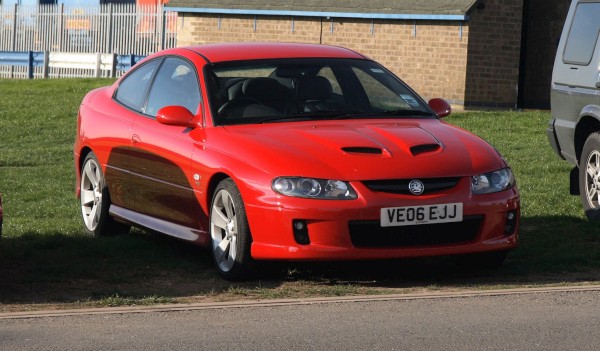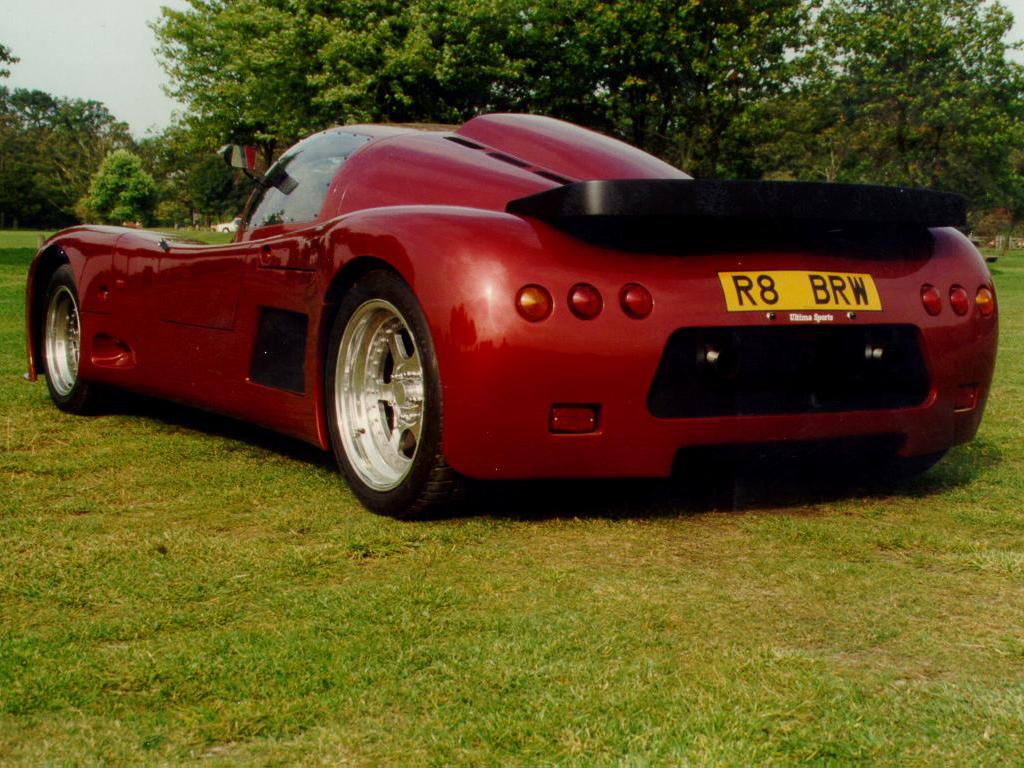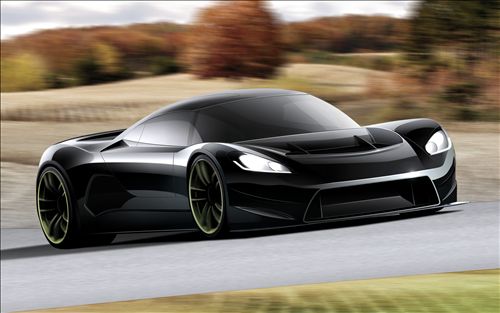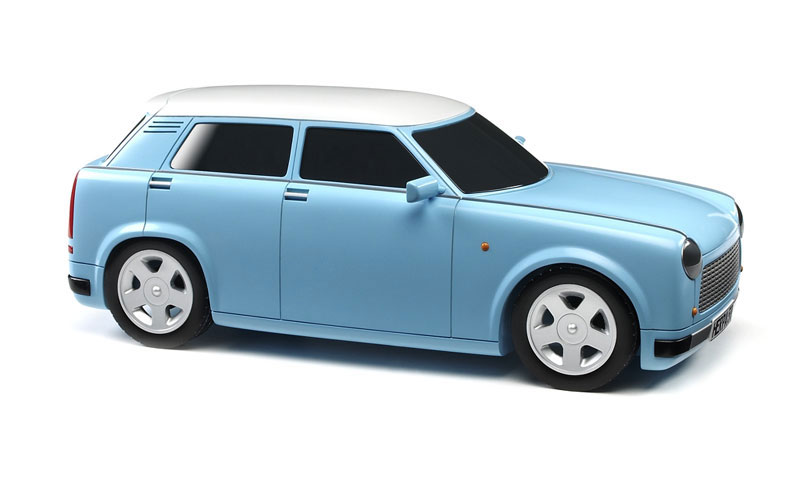Toyota Car Logo
Toyota Corolla
Toyota Prius RR
Toyota FT 86 Concept Sporty Car
Toyota Fortuner
Toyota Motor Corporation commonly known simply as Toyota and abbreviated as TMC, is a multinational automaker headquartered in Toyota, Aichi, Japan. In 2010, Toyota Motor Corporation employed 317,734 people worldwide and was the world's largest automobile manufacturer by production.
The company was founded by Kiichiro Toyoda in 1937 as a spinoff from his father's company Toyota Industries to create automobiles. Three years earlier, in 1934, while still a department of Toyota Industries, it created its first product, the Type A engine, and, in 1936, its first passenger car, the Toyota AA. Toyota Motor Corporation group companies are Toyota (including the Scion brand), Lexus, Daihatsu and Hino Motors along with several "non-automotive" companies. TMC is part of the Toyota Group, one of the largest conglomerates in the world.
Toyota is one of the largest companies to push hybrid vehicles in the market and the first to commercially mass-produce and sell such vehicles, an example being the Toyota Prius. The company eventually began providing this option on the main smaller cars such as Camry and later with the Lexus divisions, producing some hybrid luxury vehicles. It labeled such technology in Toyota cars as "Hybrid Synergy Drive" and in Lexus versions as "Lexus Hybrid Drive."
The Prius has become the top selling hybrid car in America. Toyota, as a brand, now has four hybrid vehicles in its lineup: the Prius, Auris, Highlander, and Camry. The popular minivan Toyota Sienna is scheduled to join the hybrid lineup by 2010, and by 2030 Toyota plans to offer its entire lineup of cars, trucks, and SUVs with a Hybrid Synergy Drive option (Toyota has said it plans to make a hybrid-electric system available on every vehicle it sells worldwide sometime in the 2010s).
Worldwide sales of hybrid vehicles produced by Toyota reached 1.0 million vehicles by May 31, 2007, and the 2.0 million mark was reached by August 31, 2009, with hybrids sold in 50 countries. Toyota's hybrid sales are led by the Prius, with worldwide cumulative sales of 1.43 million by August 2009.[50] Toyota's CEO has committed to eventually making every car of the company a hybrid vehicle. Lexus also has their own hybrid lineup, consisting of the GS 450h, RX 400h, and launched in 2007, the LS 600h/LS 600h L.
Toyota and Honda have already said they've halved the incremental cost of electric hybrids and see cost parity in the future (even without incentives). Hybrids are viewed by some automobile makers as a core segment of the future vehicle market.
Toyota implemented its Fourth Environmental Action Plan in 2005. The plan contains four major themes involving the environment and the corporation's development, design, production, and sales. The five-year plan is directed at the, "arrival of a revitalized recycling-based society. Toyota had previously released its Eco-Vehicle Assessment System (Eco-VAS) which is a systematic life cycle assessment of the effect a vehicle will have on the environment including production, usage, and disposal. The assessment includes fuel efficiency, emissions and noise during vehicle use, the disposal recovery rate, the reduction of substances of environmental concern, and CO2 emissions throughout the life cycle of the vehicle from production to disposal. 2008 marks the ninth year for Toyota's Environmental Activities Grant Program which has been implemented every year since 2000. Themes of the 2008 program consist of "Global Warming Countermeasures" and "Biodiversity Conservation.
http://moderncar69.blogspot.com/


















































